Name Maxwell Perkins | Role Editor | |
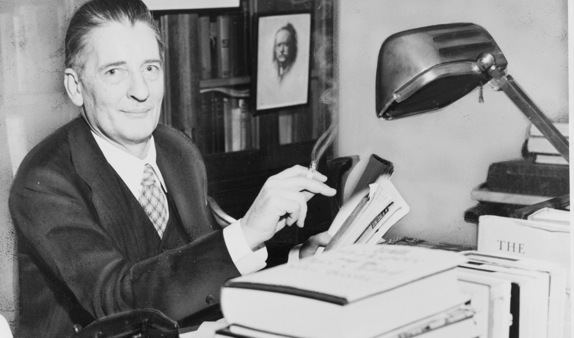 | ||
Books The Sons of Maxwell Perkins: L, Father to daughter, Max & Marjorie, Editor to Author: The Letters of Similar People | ||
thomas wolfe & maxwell perkins | genius | dear max
William Maxwell Evarts ("Max") Perkins (September 20, 1884 – June 17, 1947), was the editor for Ernest Hemingway, F. Scott Fitzgerald and Thomas Wolfe. He has been described as the most famous literary editor.
Contents
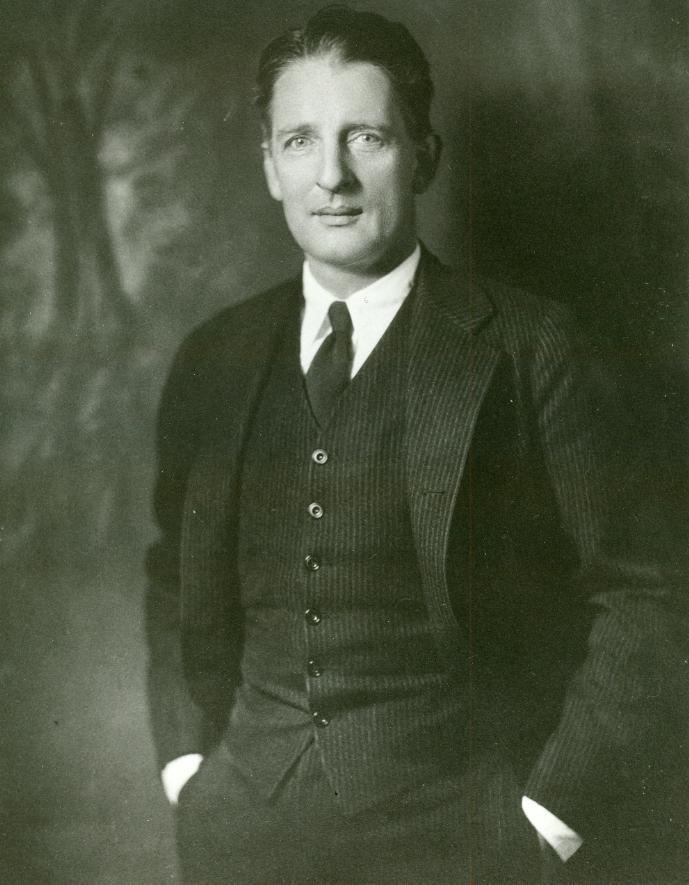
Life and career
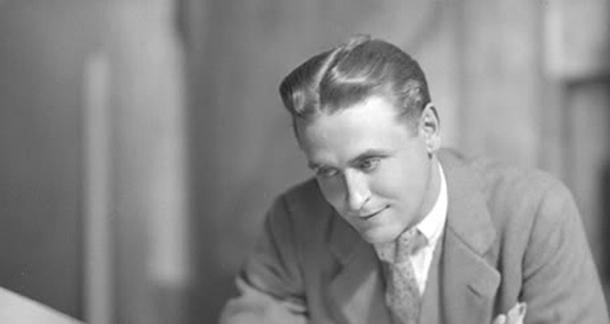
Perkins was born on September 20, 1884, in New York City, to Elizabeth (Evarts) Perkins, a daughter of William M. Evarts, and Edward Clifford Perkins. He grew up in Plainfield, New Jersey, attended St. Paul's School in Concord, New Hampshire and then graduated from Harvard College in 1907. Although an economics major in college, Perkins also studied under Charles Townsend Copeland, a famous teacher of literature who helped prepare Perkins for his career.
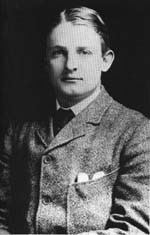
After working as a reporter for The New York Times, Perkins joined the venerable publishing house of Charles Scribner's Sons in 1910. That same year he married Louise Saunders, also of Plainfield, who would bear him five daughters. At the time he joined it, Scribner's was known for publishing eminently respectable authors such as John Galsworthy, Henry James, and Edith Wharton. However, much as he admired these older giants, Perkins wished to publish younger writers. Unlike most editors, he actively sought out promising new artists; he made his first big find in 1919 when he signed F. Scott Fitzgerald. This was no easy task, for no one at Scribner's except Perkins had liked The Romantic Egotist, the working title of Fitzgerald's first novel, and it was rejected. Even so, Perkins worked with Fitzgerald to revise the manuscript and then lobbied it through the house until he wore down his colleagues' resistance.
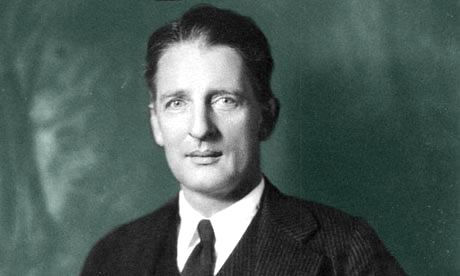
Its publication as This Side of Paradise (1920) marked the arrival of a new literary generation that would always be associated with Perkins. Fitzgerald's profligacy and alcoholism strained his relationship with Perkins. Nonetheless, Perkins remained Fitzgerald's friend to the end of Fitzgerald's short life, in addition to his editorial relationship with the author, particularly evidenced in The Great Gatsby (1925), his masterpiece, which benefited substantially from Perkins' criticism.
It was through Fitzgerald that Perkins met Ernest Hemingway, publishing his first major novel, The Sun Also Rises, in 1926. A daring book for the times, Perkins fought for it over objections to Hemingway's profanity raised by traditionalists in the firm. The commercial success of Hemingway's next novel, A Farewell to Arms (1929), which rose to number one on the best-seller list, put an end to questions about Perkins' editorial judgment.
The greatest professional challenge Perkins ever faced was posed by Thomas Wolfe, whose talent was matched only by his lack of artistic self-discipline. Unlike most writers, who are often blocked, words poured out of Wolfe. A blessing in some ways, this was a curse too, as Wolfe was greatly attached to each sentence he wrote. After a tremendous struggle, Perkins induced Wolfe to cut 90,000 words from his first novel, Look Homeward, Angel (1929). His next, Of Time and the River (1935), was the result of a two-year battle during which Wolfe kept writing more and more pages in the face of an ultimately victorious effort by Perkins to hold the line on size. Grateful to Perkins at first for discovering him and helping him realize his potential, Wolfe later came to resent the popular perception that he owed his success to his editor. Wolfe left Scribner's after numerous fights with Perkins. Despite this, Perkins served as Wolfe's literary executor after his early death in 1938 and was considered by Wolfe to be his closest friend.
Although his reputation as an editor is most closely linked to these three, Perkins worked with many other writers. He was the first to publish J. P. Marquand and Erskine Caldwell. His advice was responsible for the enormous success of Marjorie Kinnan Rawlings, whose The Yearling (1938) grew out of suggestions made by Perkins. It became a runaway best-seller and won the Pulitzer Prize. Alan Paton's Cry, the Beloved Country (1946) was another highly successful Perkins find. His next-to-last discovery was James Jones, who approached Perkins in 1945. Perkins persuaded Jones to abandon the autobiographical novel he was working on at that time and launched him on what would become From Here to Eternity (1951). By this time, Perkins' health was failing and he did not live to see its success, nor that of Hemingway's The Old Man and the Sea (1952), which was dedicated to his memory. Perkins last discovery was Marguerite Young, who started her mammoth Miss MacIntosh, My Darling in 1947 with his encouragement, signing a contract in 1947 based on her 40-page manuscript. The novel was finally published in 1965.
Perkins was noted for his courtesy and thoughtfulness. He also recognized skilled writing wherever he found it and nursed along writers as few editors did. That Ring Lardner has a reputation today, for example, is because Perkins saw him as more than a syndicated humorist. Perkins believed in Lardner more than the writer did in himself, and despite the failure of several earlier collections he coaxed Lardner into letting him assemble another under the title How To Write Short Stories (1924). The book sold well and, thanks to excellent reviews, established Lardner as a literary figure.
Apart from his roles as coach, friend, and promoter, Perkins was unusual among editors for the close and detailed attention he gave to books, and for what the novelist Vance Bourjaily, another of his discoveries, called his "infallible sense of structure." Although he never pretended to be an artist himself, Perkins could often see where an author ought to go more clearly than the writer did. By combining these different editorial activities into his work, Perkins might be considered to be the first authors' editor.
Perkins died on June 17, 1947 in Stamford, Connecticut. His home in Windsor, Vermont was purchased from John Skinner in the 1820s for $5,000 by William M. Evarts and passed down to Evarts' daughter, Elizabeth Hoar Evarts Perkins, who in turn left the home to family members, including her son Maxwell. The home stayed in the family until 2005, and has been restored and reopened as the Snapdragon Inn. The inn houses the Maxwell Perkins Library, which displays and collects items related to Maxwell Perkins and his extended family. His house in New Canaan, Connecticut, the Maxwell E. Perkins House, is on the National Register of Historic Places. His granddaughter, Ruth King Porter, is a Vermont writer.
In the upcoming biographical drama film Genius, Perkins will be portrayed by Academy Award-winning British actor Colin Firth.
